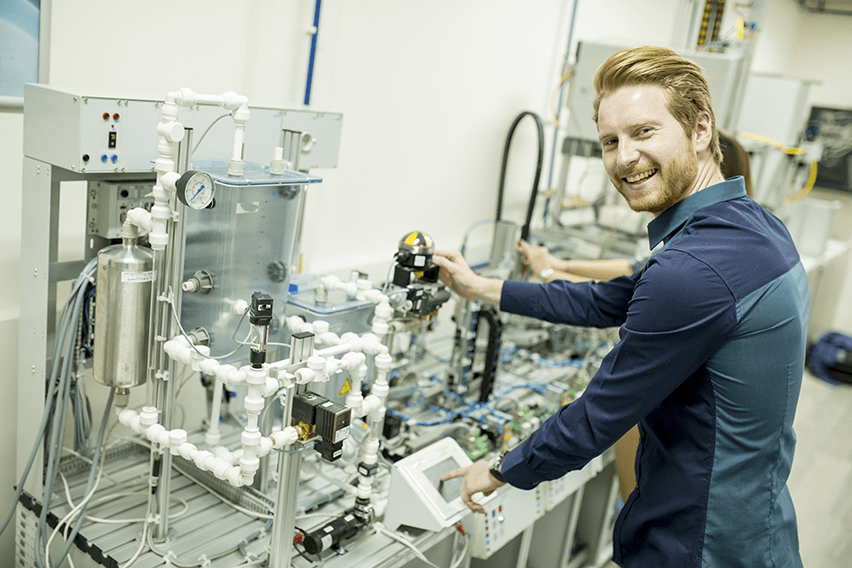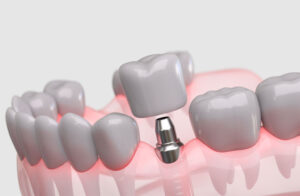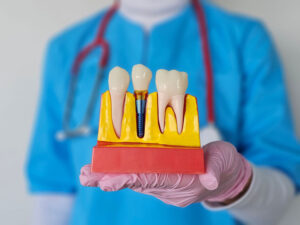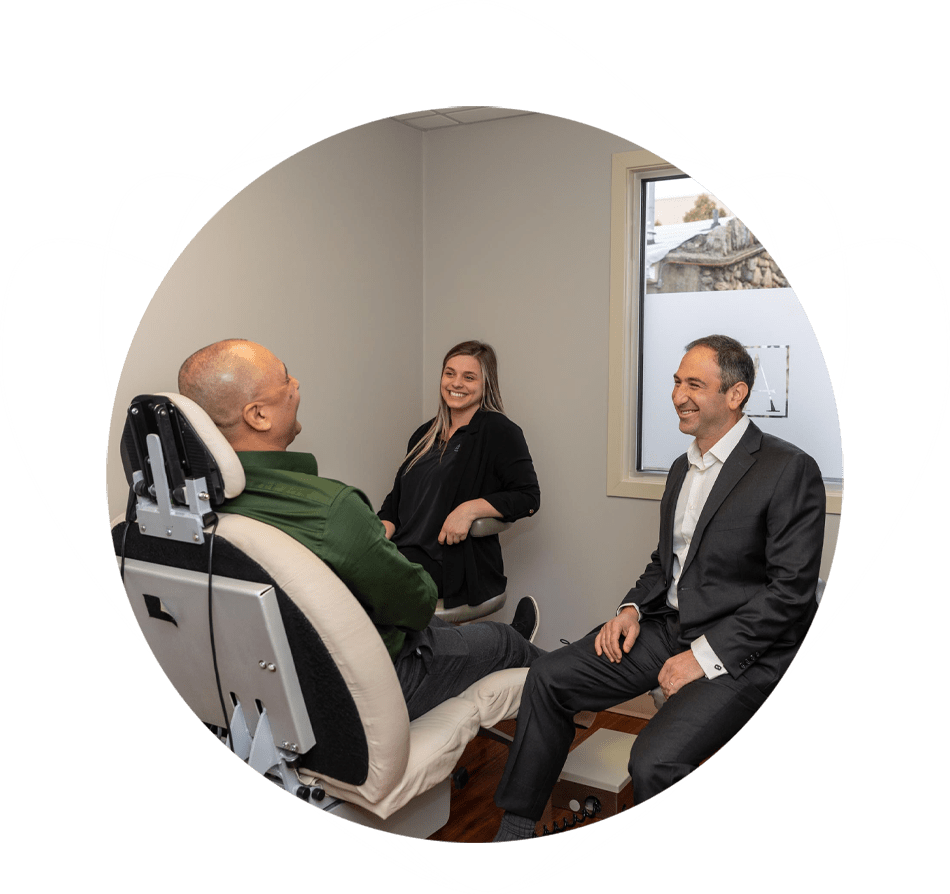For a procedure that has only been around since 1965, dental implants have come a long way. Skulls from a few thousand years ago have been found with seashells lodged into their jaw— now we use titanium — and just last year, a robotic dentist autonomously installed two dental implants for a woman, under the supervision of a team of Chinese dentists. The robot was following a set of pre-programed commands to install the dental implants, and fitted them in with a 0.2-0.3 mm margin of error. Although far from being FDA-approved in the United States, the common belief is that robots will increase the accuracy and overall recovery time for patients, making the procedure even more successful than it already is.
Robot Assistance
Autonomous dental implant surgery is not yet slated for the United States, but robotic assistance is already in use. Yomi, a robotic system designed to improve the accuracy of the procedure, was approved for use last year. Developed by the Miami-based company, Neocis, Yomi is able to actively take CT scans of a patient’s mouth, providing guidance for the dentist and an unprecedented level of precision and control. Because this gives dentists the information they need before an implant is placed, removing the need to pull gum tissue, recovery time for the patient is improved.
Are You In Need of Dental Implants?
Even though fully-automated robot dentistry is not yet a thing — and maybe if you’re a fan of the Netflix original series, Black Mirror, you might be grateful for that — traditional dental implants carry a 98 percent success rate. Even though technology could always improve the process, the majority of the magic happens within your body, through the process of osseointegration. Osseointegration is a bond that forms between living tissue (bone, muscle, etc.) and an artificial implant, most notably, titanium. A dental implant is comprised of the titanium implant and a ceramic crown. When the implant is inserted into the jaw bone, it begins to fuse with the bone, creating a connection that mimics that of a natural tooth root. That’s why dental implants, once healed completely, come with little risk of falling out.
What Are the Benefits of Dental Implants?
Even if you’re missing multiple teeth, dental implants allow you to regain the confidence of your old smile (and your old bite!). Known as one of the best tooth replacement methods, dental implants, unlike traditional dentures, provide a permanent replacement that doesn’t require any special cleaning or work beyond regular oral hygiene. They also can protect from the loss of bone mass, which is a common issue for those with dentures. Our jaw regularly restores bone matter when stimulated by chewing, but when we lose teeth, this stimulation disappears, and bone mass can gradually decrease, causing shallow-looking cheeks.
If you’re interested in dental implants, but are worried you might not be a candidate, the best option is to schedule a consultation.
If you are missing one or more teeth and live in or around Mohegan Lake, New York, please call (914) 526-2144 or contact Advanced Dentistry of Mohegan Lake online to schedule a consultation with implant dentists Dr. George Sepiashvili and Dr. Wanda Mejia.
